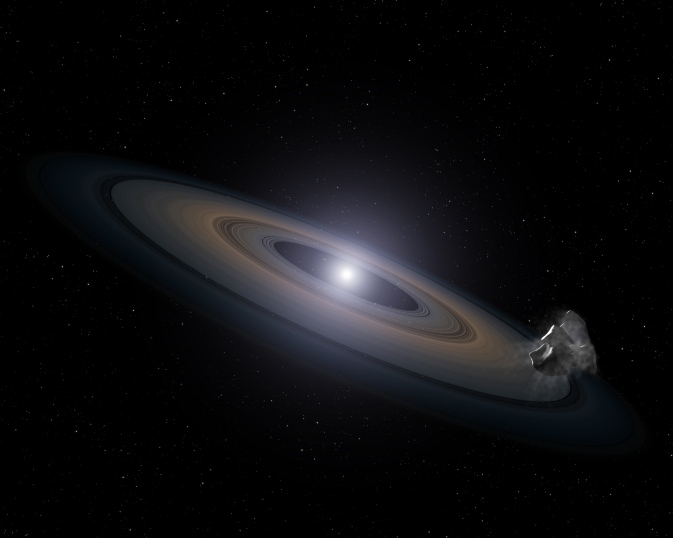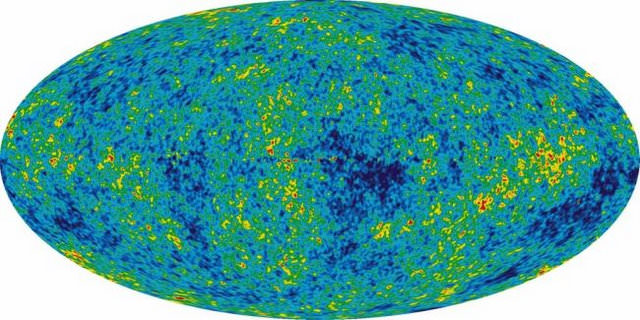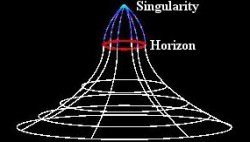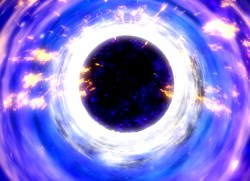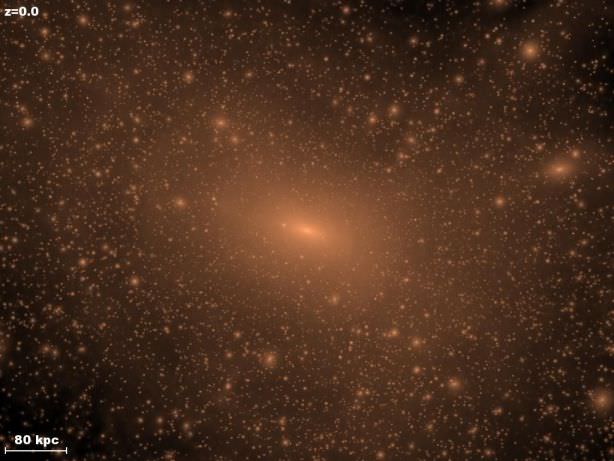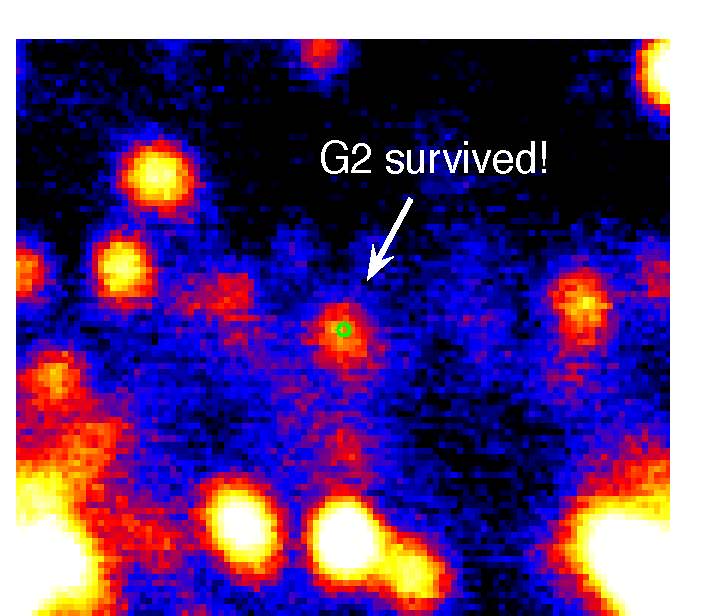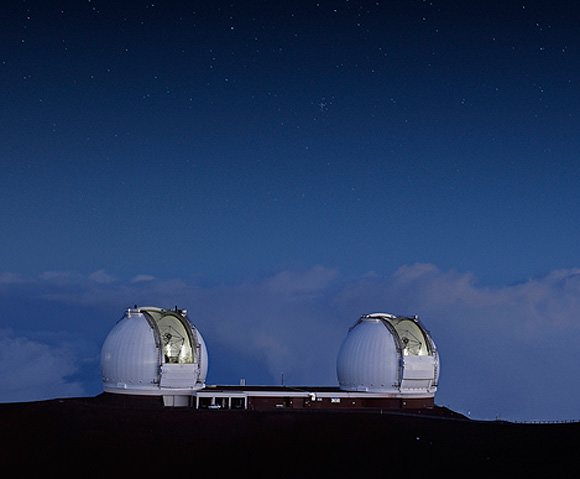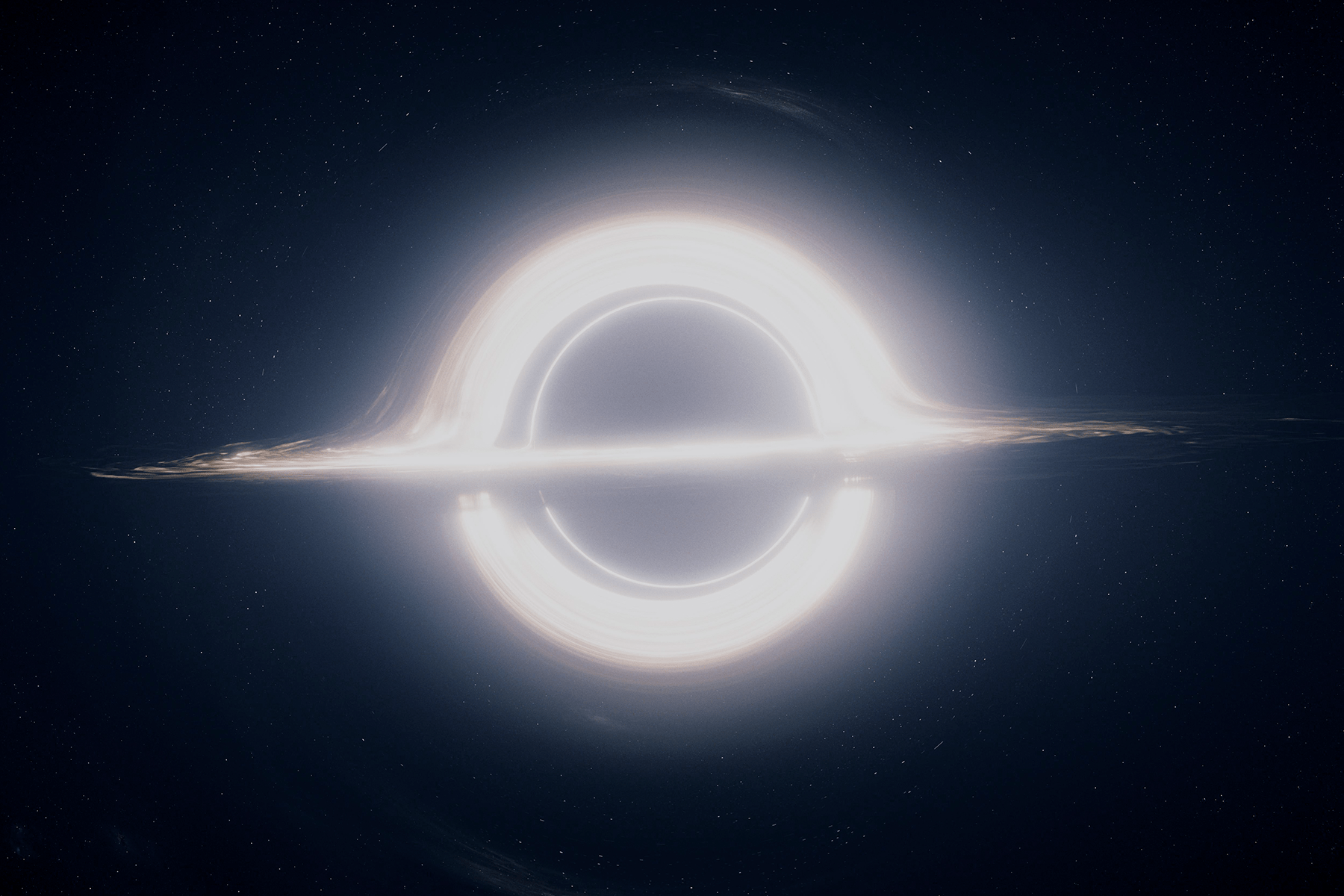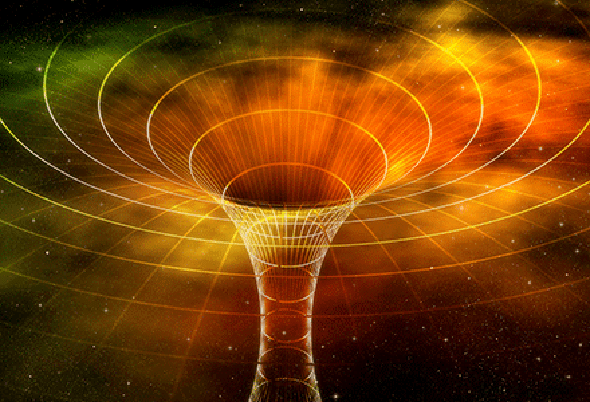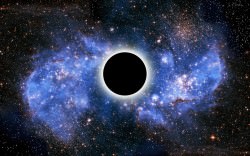The James Webb Space Telescope (JWST) isn’t even operational yet, and already its gleaming golden mirror has reached iconic status. It’s segmented mirror is reminiscent of an insect eye, and once that eye is unfolded at its eventual stationary location at L2, the JWST will give humanity its best view of the Universe yet. Now, NASA has unveiled the JWST’s mirrors in a clean room at the Goddard Space Flight Centre, giving us a great look at what the telescope will look like when it’s operational.
Even if you didn’t know anything about the JWST, its capabilities, or its torturous path to finally being built, you would still look at it and be impressed. It’s obviously a highly technological, highly engineered, one of a kind object. In fact, you could be forgiven for mistaking it for a piece of modern art. (I’ve seen less appealing modern art, have you?)
The fact that the JWST will outperform its predecessor, the Hubble, is a well-known fact. After all, the Hubble is pretty long in the tooth now. But how exactly it will outperform the Hubble, and what the JWST’s mission objectives are, is less well-known. It’s worth it to take a look at the objectives of the JWST, again, and re-visit the enthusiasm that has surrounded this mission since its inception.
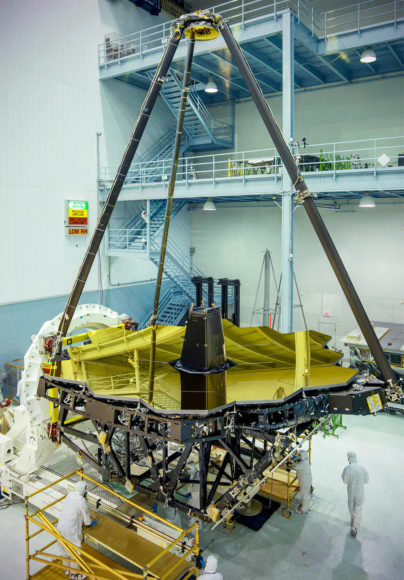
NASA groups JWST’s science objectives into four areas:
- infrared vision that acts like a time-machine, giving us a look at the first stars and galaxies to form in the Universe, over 13 billion years ago.
- a comparative study of the stately spiral and elliptical galaxies of our age with the faintest, earliest galaxies to form in the Universe.
- a probing gaze through clouds of dust, to watch stars and planets being born.
- a look at extrasolar planets, and their atmospheres, keeping an eye out for biomarkers.
That is an impressive list, even in an age where people take technological and scientific progress for granted. But alongside these noble objectives, there will no doubt be some surprises. Guessing what those surprises might be is a bit of a fool’s errand, but this is the internet, so let’s dare to be foolish.
We have an idea that abiogenesis on Earth happened fairly quickly, but we have nothing to compare it to. Will we learn enough about exoplanets and their atmospheres to shed some light on conditions needed for life to happen? It’s a stretch, but who knows?
We have an understanding of the expansion of the Universe, and it’s backed up by pretty solid evidence. Will we learn something surprising about this? Or something that sheds some light on Dark Matter and Dark Energy, and their role in the early Universe?
Or will there be surprising findings in the area of planetary and stellar formation? The capability to look deeply into dust clouds should certainly reveal things previously unseen, but only guessed at.
Of course, not everything needs to be surprising to be exciting. Evidence that supports and fine tunes current theories is also intriguing. And the James Webb should deliver a boatload of evidence.
There’s no question that the JWST will outdo the Hubble in the science department. But for a generation or two of people, the Hubble will always have a special place. It drew many of us in, with its breathtaking pictures of nebulae and other objects, its famous Deep Field study, and, of course, its science. It was probably the first telescope to gain celebrity status.
The James Webb will probably never gain the social status that the Hubble gained. It’s kind of like the Beatles, there can only be one ‘first of its kind.’ But the JWST will be much more powerful, and will reveal to us a lot that has been hidden.
The JWST will be a grand technological accomplishment, if all goes well and it makes it to L2 and is fully functional. Its ability to look deeply into dust clouds, and to look back in time, to the early days of the Universe, make it a potent scientific tool.
And if engineering can figure out a way to reverse the polarity in the warp core without it going crit, we should be able to fire a beam of tachyon anti-matter neutrinos and de-cloak a Romulan Warbird at a distance of 3 AUs. Not bad for something Congress threatened to cancel!


